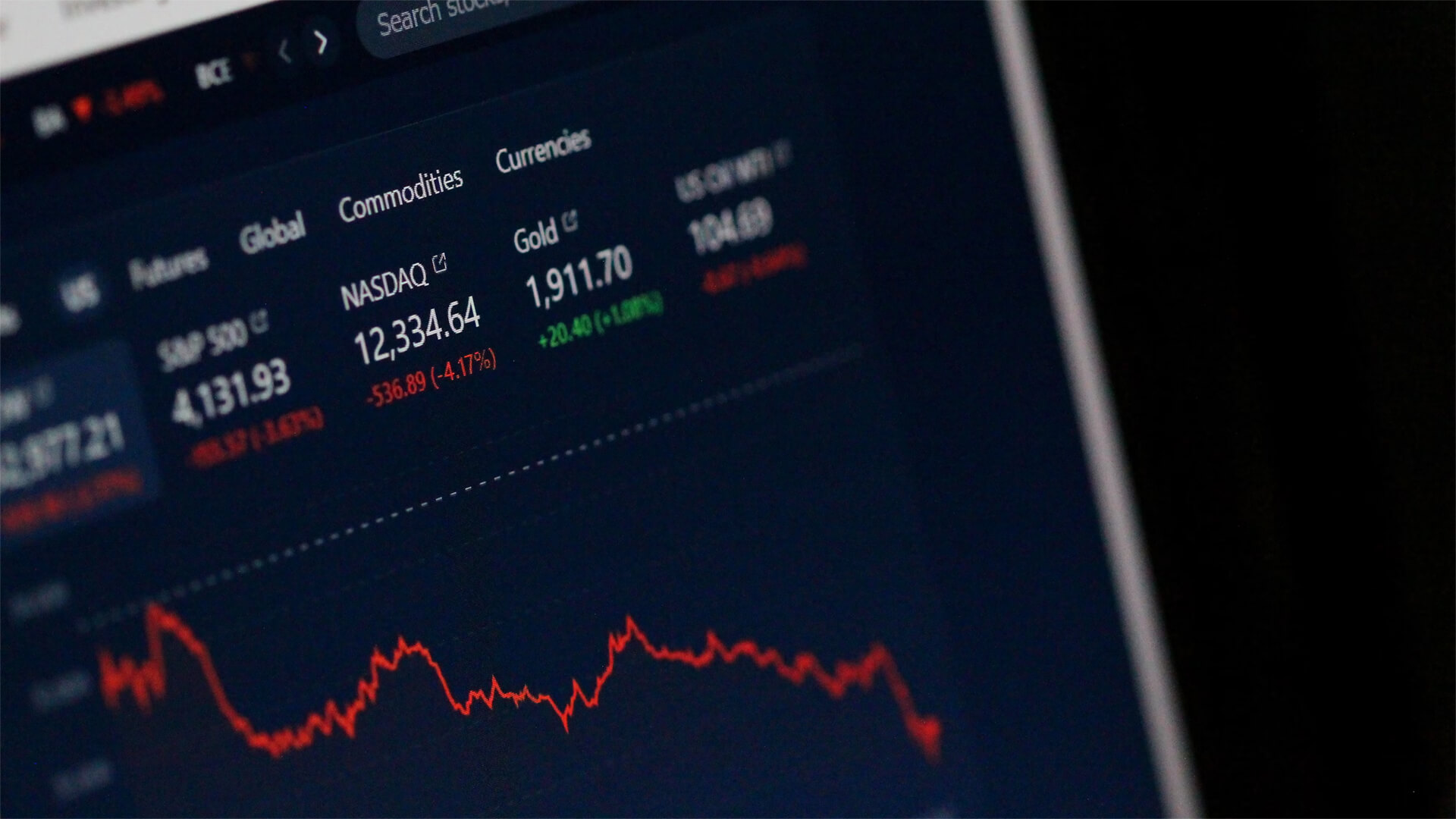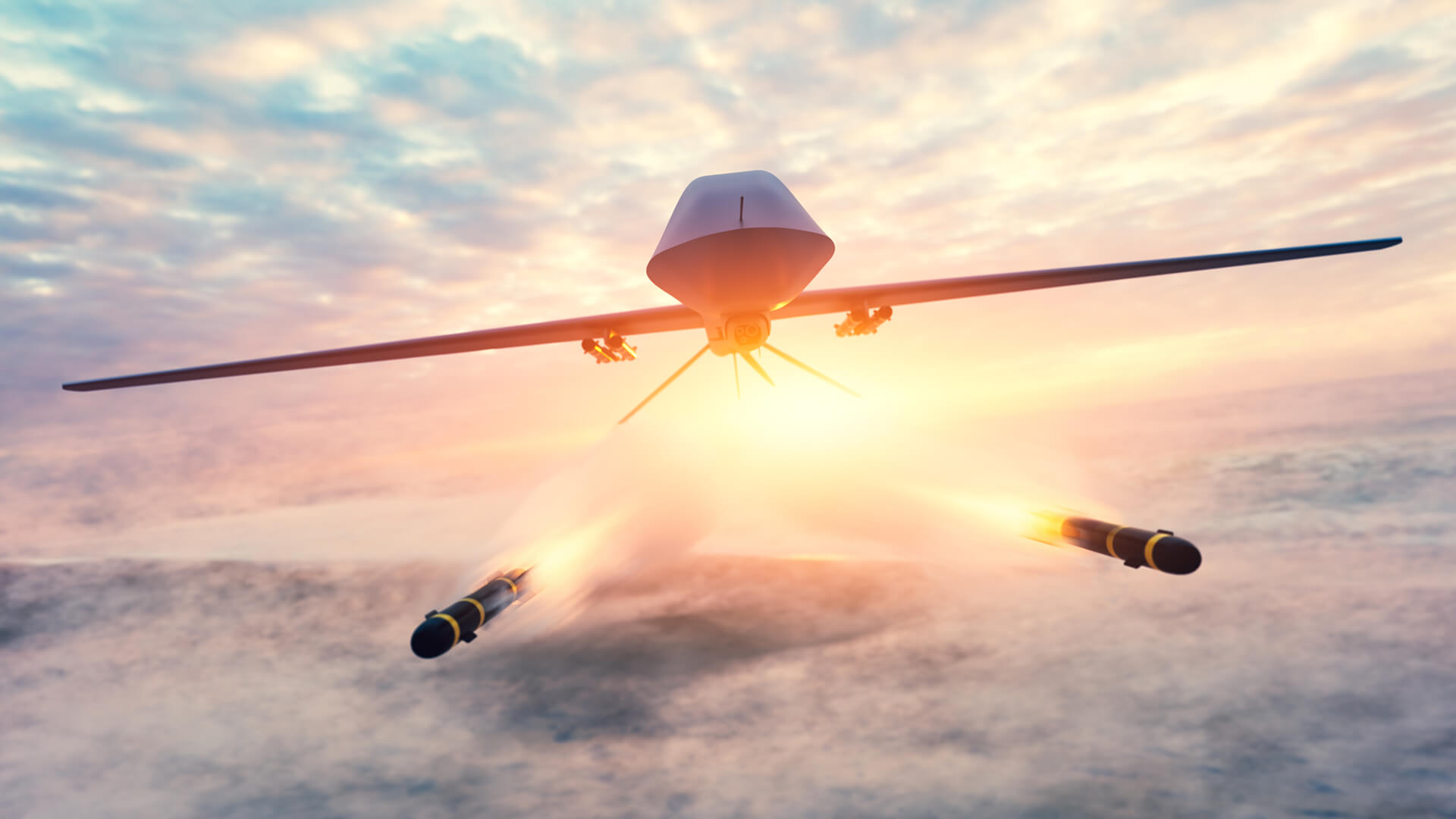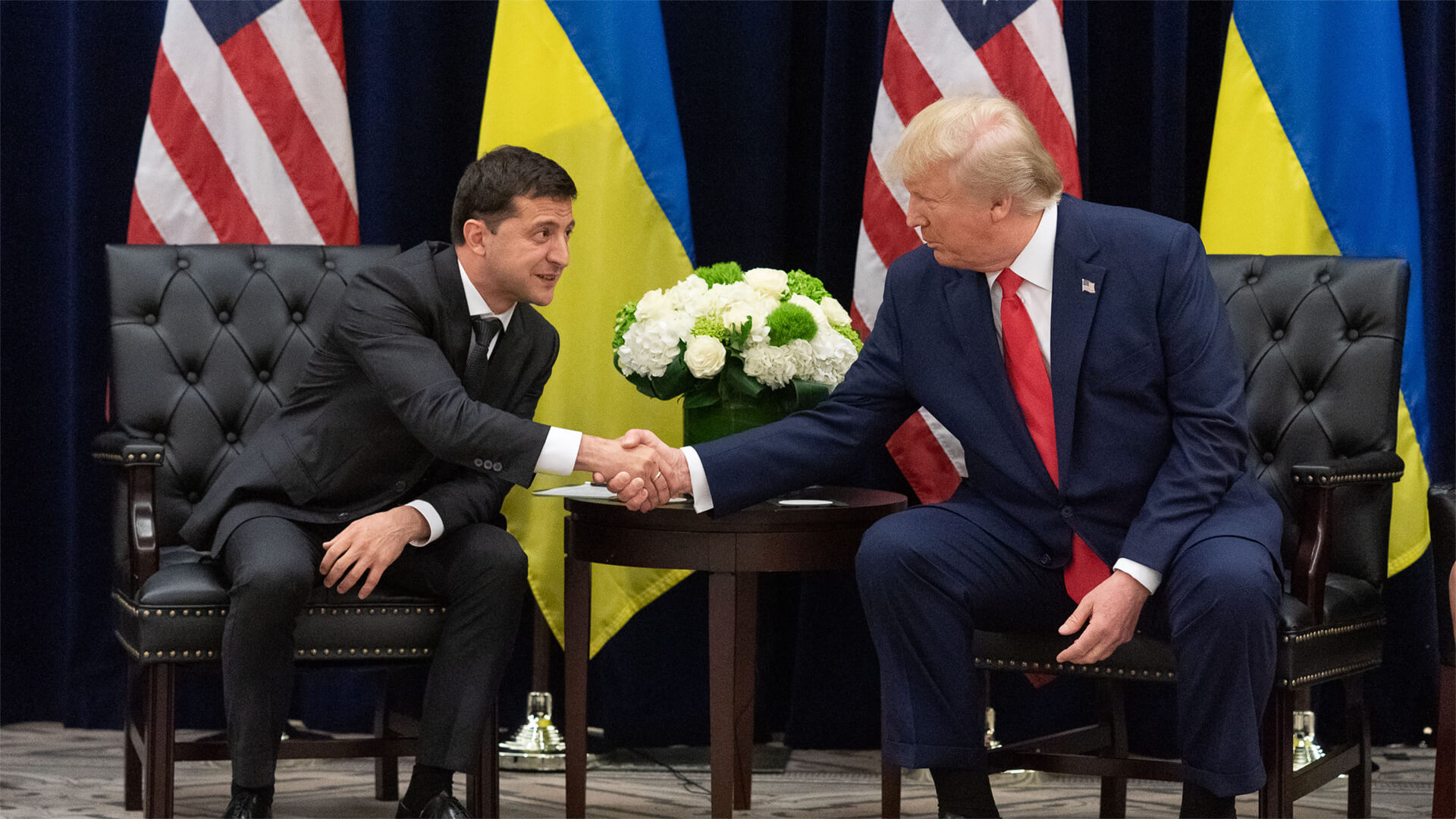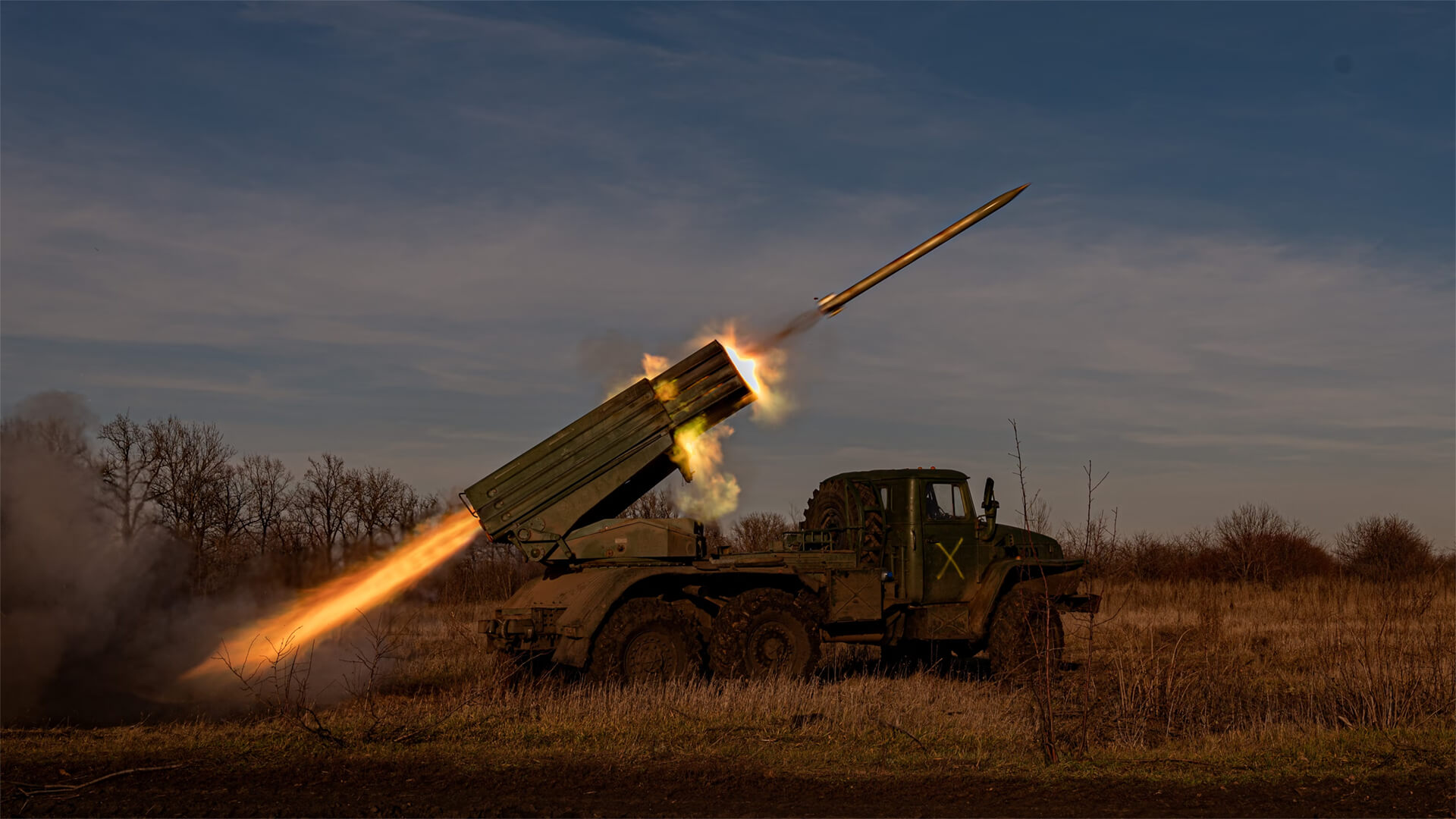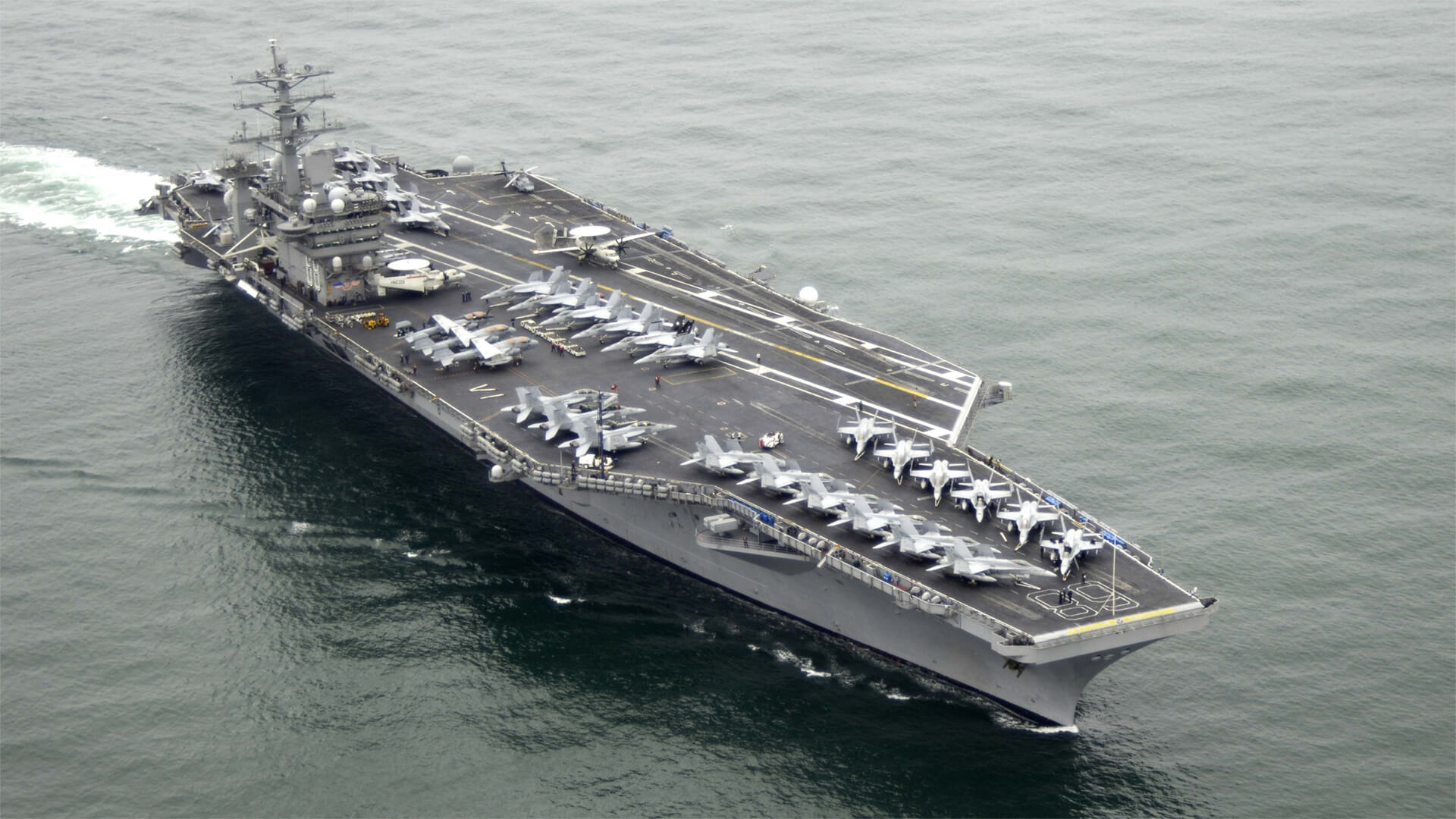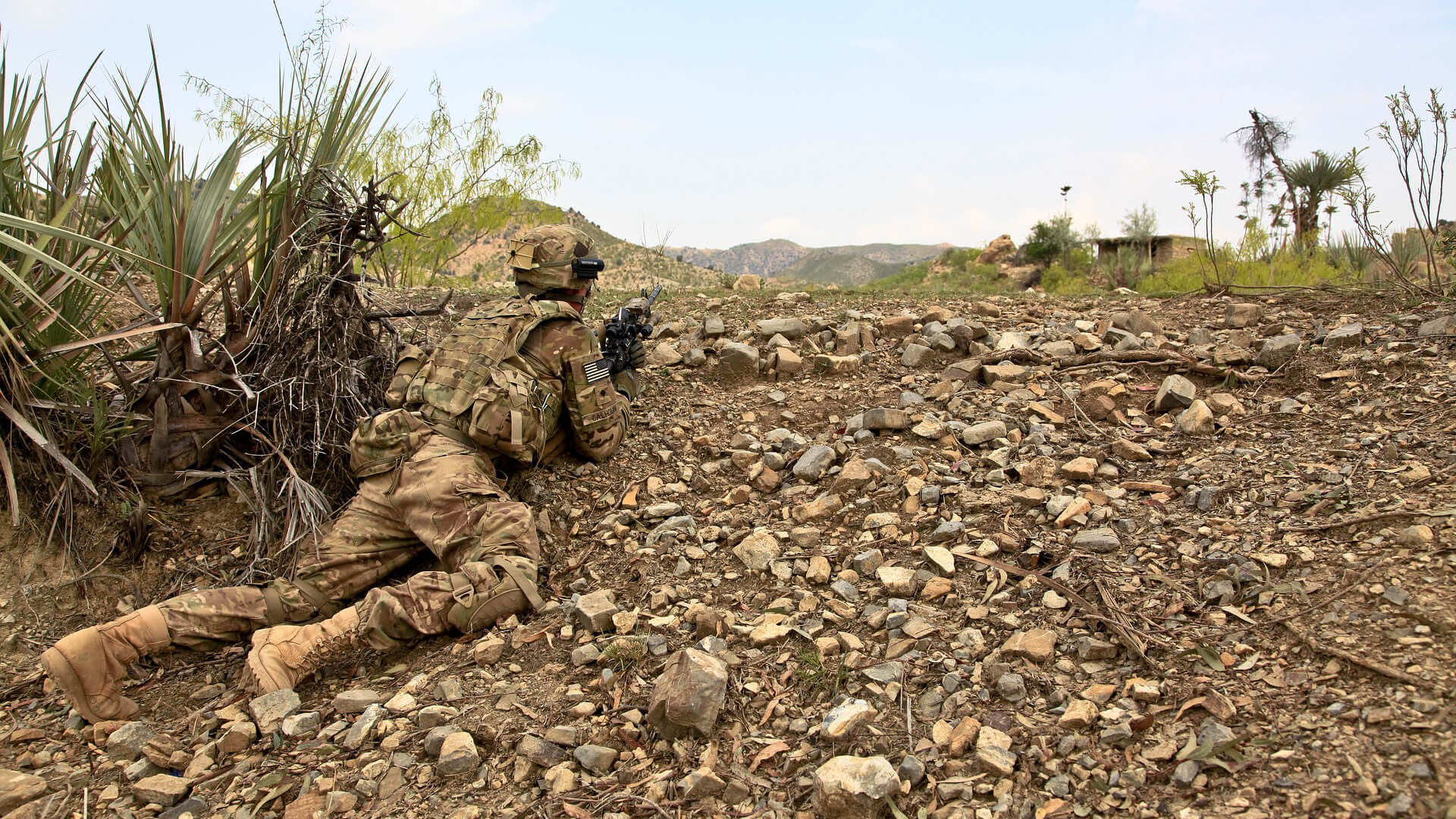The Live Q&A starts soon! Become an Analyst member on Patreon now!
For the month of July, all the proceeds from new memberships will be donated to our chosen charity partner—MedShare. To learn more about MedShare, click the link below:
When a country’s monetary policy begins to resemble the likes of Venezuela and Turkey, it might be a good time to pump the brakes.
Trump and his Treasury Secretary have called for reform in the Federal Reserve, claiming the Fed has failed. The conversation is a good one to have, but the monetary policies suggested by Trump are just foolish. He has called for the firing of the Fed Chair and wants to force interest rates down to 1%…all for the sake of political gain. If we wanted inflation, asset erosion, and to damage our economy in the long-term, that would be a good way to get there.
The US has long prioritized keeping inflation low, even if that meant slower growth, because it would protect economic stability in the long run. But the global economy is shifting. Deglobalization and the demographic crunch are going to wreck traditional economic models. So, a conversation around what’s coming and how to handle it is worth being had. We just need people who are chasing meaningful change, instead of cheap credit for political gain.
Transcript
Hey, all Peter Zeihan here, coming to you from Colorado on a bright, sunny, hot morning. Going to hit 80 today. Weird. Anyway, today we’re going to talk about the newest thing out of the American Treasury secretary guy by the name of percent. And he says that it is time to reevaluate the Federal Reserve as an institution, specifically noting that it has failed in many of its mandates.
And he doesn’t know what they’re doing over there. A lot of this is just normal Trumpian exaggeration and putting the fault on other people when there is a lack of policy in the white House. There’s two sides to this one that is really, really dumb, and one of them that actually merits evaluation. So let’s start with the one that’s dumb, because that’s what everybody is talking about already.
The Federal Reserve is the monetary authority for the United States. It determines the cost of capital within the American system at the government level, determining what interest rates are going to be in. And the market takes its cues from that. Folding its own stuff into the situation. Donald Trump is now on record multiple times saying that he wants to dismiss the Federal Reserve chair and put somebody who’s more pliable for his policy preferences in place.
And he says he wants interest rates to go down to 1%. This is a very Turkish Argentine in Venezuelan, Zimbabwe, an approach to monetary policy. The idea that the government wants to spike growth in the short term in order to generate more political support, and to hell with the long term, because that’s somebody else’s problem. Every country that has ever done anything like this will get growth.
And then you will artificially spike inflation, and you will lead to a decade or more of Mali’s and either high inflation, low growth, or both. And considering the stage of the United States in this part of the cycle, it would probably be both. But by the time we get to the other side of that, Trump is no longer president.
And that is literally somebody else’s problem. One of the reasons why the United States is the global superpower is going back to the formation of the Federal Reserve back in 1913, is we’ve treated inflation as something that is a bigger threat than a lack of growth. And so as the Federal Reserve Charter is established by Congress, as built, it basically says that you try to keep inflation low.
And if that means growth is lower, that’s fine. But that way you don’t inflate away the value of everyone’s assets, because if you have a long period of inflation, not only does that kill purchasing power, it erodes the value of all of your assets, whether they’re financial, physical or otherwise, and generates a lot more long term problems that are a lot more difficult to solve.
So most of what the world Bank and International Monetary Fund have done over the last 50 years is try to convince the countries that they’re helping out, that you have to keep the cost of capital relatively high. So it’s treated as an economic good, because if you keep it low and treat it as a political good, people will splash it onto everything.
It throws everything out of whack. And this, at its core, is one of the like 17 reasons why China is going to collapse in the next few years. They’ve treated capital as something that can be politically dictated instead of driven by supply and demand mechanics. So overall, really bad idea why I think we should talk about it anyway.
The world is changing, the model shifting. We’re moving into a globalized world where the globalized world of, say, manufacturers are energy or agriculture are breaking down. And we’re moving into a world where it’s more regional, even more national, and in that sort of environment, we need to build a lot of things physical infrastructure, industrial plant processing capacity. Those are the big three power grid, if you want a fourth one.
All of this costs money. And if we follow a normal model that is responsible, it is not clear to me we will be able to get there. That’s problem one. Problem two is demographic. for the first time in human history, in the advanced world, and I’m actually lumping in a lot of the advanced industrialized world like China. And with us, we now have more people in their 60s, in their 50s and their 40s and their 30s in the 20s, in their teens and children. And that is changing the balance of what is possible financially.
Most financial strength, most private capital comes from people as they’re approaching retirement. Their expenses have gone down because their house has been paid for, and their kids have moved out, and they’re preparing for retirement, and they’re at the height of their earning experience. So high incomes, low expenses tends to generate a lot of fiscal wherewithal. And that one decade of your life is when you generate the most capital.
Well, in the period from 2025 to 2035, it was always, always we’ve known this for decade. It’s going to be the period where the bulk of the people who were in that last ten year group go into mass retirement, and birth rates have been so low for so long. The replacement generation has come in at that ten year block is insufficient.
So we’ve always known that this was about the window when the rules of the game are going to change and we enter a period of prolonged capital shortage. What we’ve seen with capital cost in the United States, roughly the quadrupling to quintuple in since 2000. It’s not because of things that the Federal Reserve has done. It’s not been because of the spendthrift policies of the Trump administration or the Biden administration.
It’s simply America’s boomers, our largest generation ever, aging out of that 55 to 65 year block and into mass retirement, already two thirds are retired. And when you retire, you tend to shift your holdings into more conservative assets. So your stock and your bond markets tend to get liquidated. And you go into things like T-bills and cash and property that’s now happening on a global basis, which means that the balance among supply and demand and capital and labor is in the process of going through the greatest shift since at least the Columbus expeditions.
And the idea that the economic models that we know and understand capitalism, fascism, European style socialism, the idea that those are still going to work on the other side when the balance of inputs has all changed, it’s kind of silly. So we need to try something new. And that means that the mandate for our monetary authorities, such as the Federal Reserve, are going to have to evolve.
So having this conversation before we hit a crunch point, I think is a great idea. But the people who seem to want to lead that conversation are only interested in cheap credit for political reasons. And that’s a really bad starting place for all of this down, right? Chavista from Venezuela.
So the question is, is whether or not there are enough people left in Congress, which is where this change would have to be adapted to lead a conversation. That is more talking about the future and the mechanics of how the world is going to be, rather than just worried about the two year election cycle. Color me dubious.


